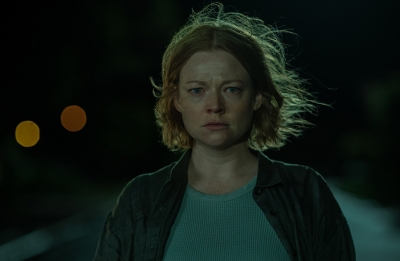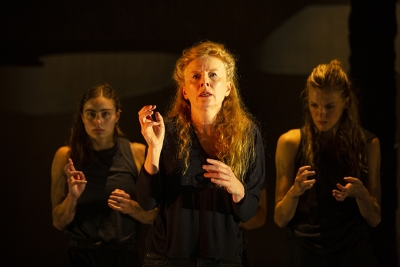Horror
A sense of dread permeates Australian director Daina Reid’s (The Handmaid’s Tale) début feature film, Run Rabbit Run, which had its première at Sundance earlier this year.
... (read more)Is there any trope more ubiquitous to the horror genre than the jump scare? A sudden scream cuts through a loaded silence; a flitting shadow hosts a monstrous threat. It’s a trope often traced back to 1945’s Cat People. In the film, a scare comes in the form of an errant bus. Known as the ‘Lewton Bus’ after producer Val Lewton, the term is now a kind of genre shorthand, referring to a sequence that gleefully teases its audience with the possibility of an approaching shock. A character, face barely lit, walks down a dark street flinching at shadows. The sound of their rushed footsteps increase in volume and pace before the roar of a bus breaks the tension. Suspense results from the harmony between lighting, mise en scène and sound. We never see our monster, nor do we need to. A bus is scary enough. ... (read more)
Phallic Panic: Film, horror and the primal uncanny by Barbara Creed
by Rose Lucas •



